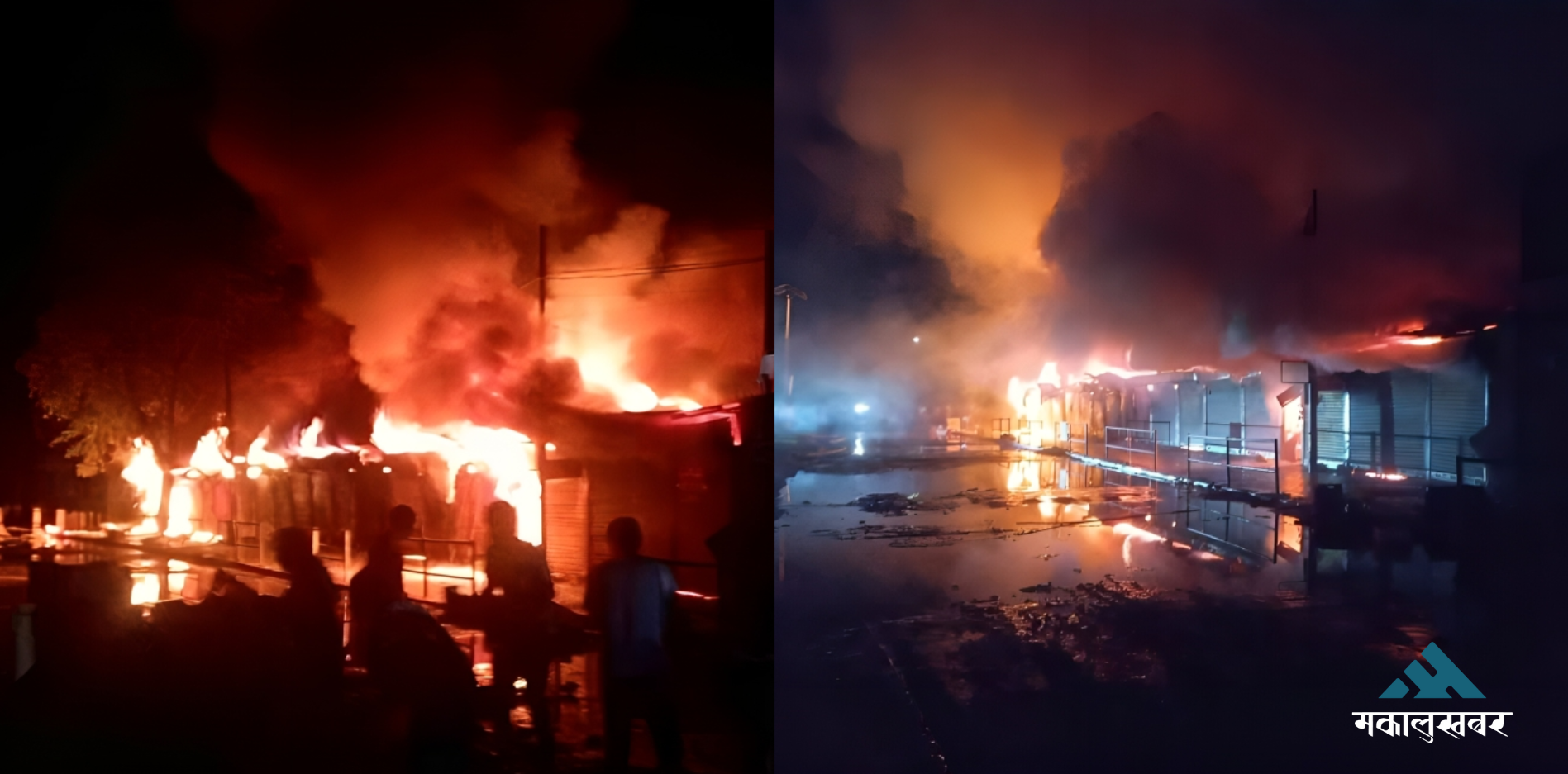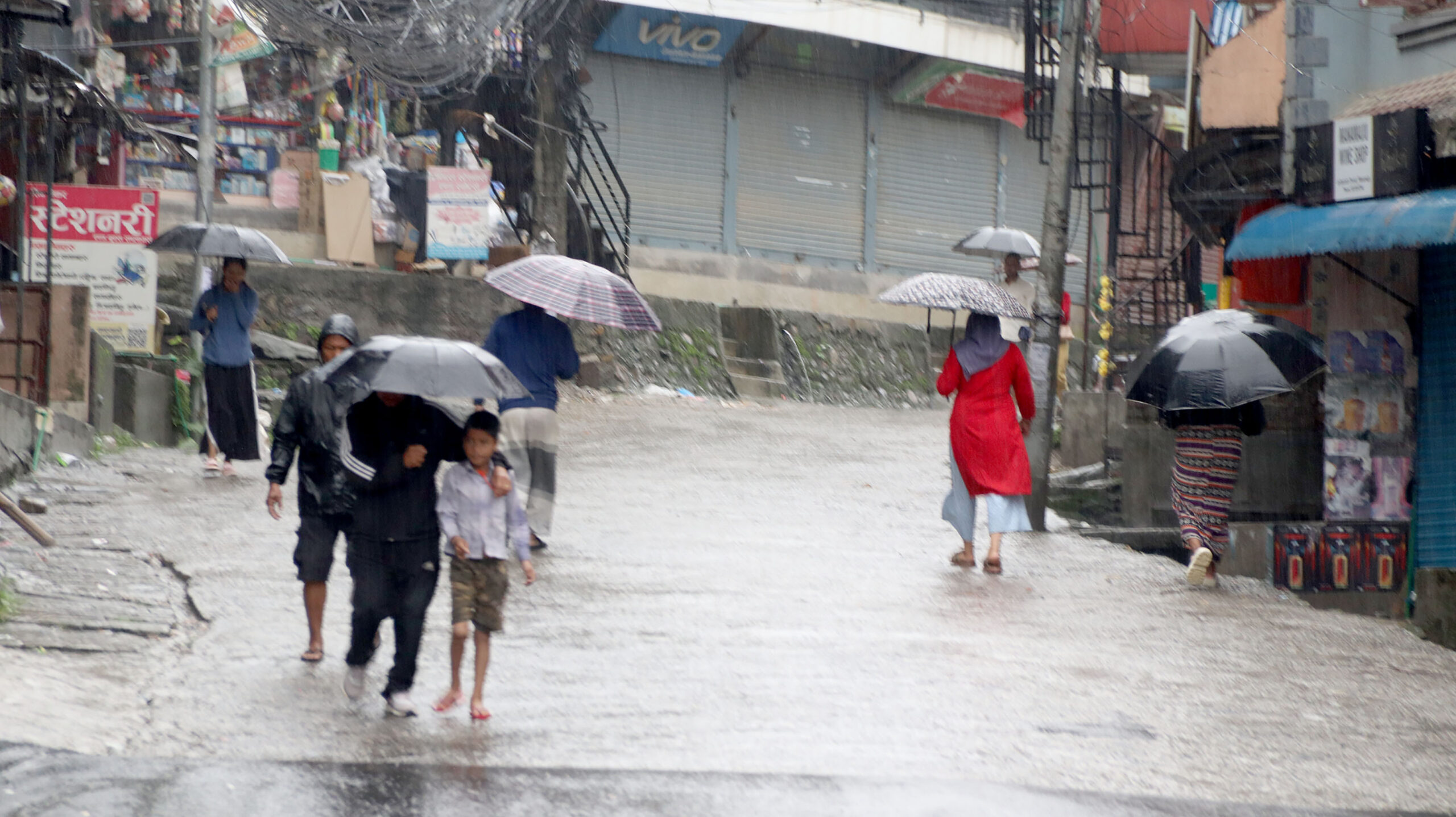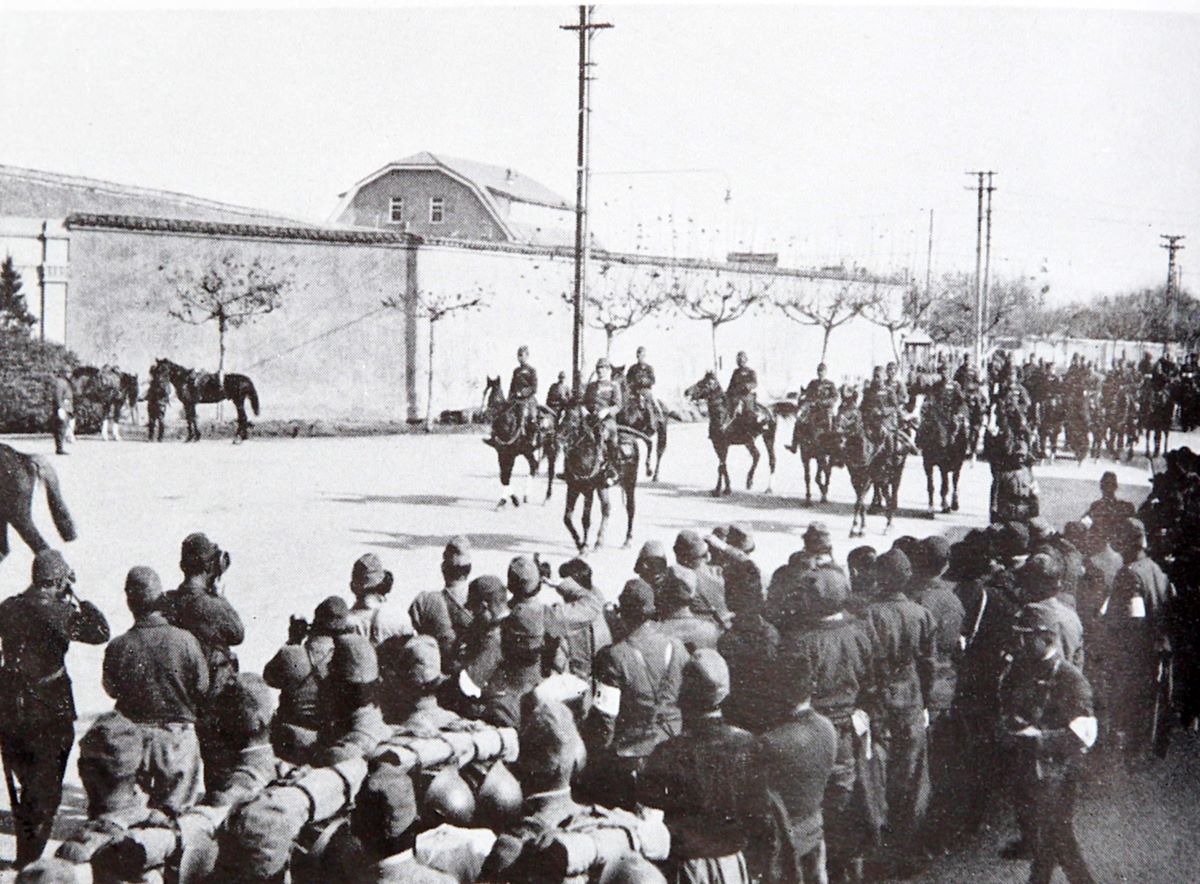No ads found for this position
Incidents of fire surge during winter across Nepal
According to the National Disaster Risk Reduction and Management Authority (NDRRMA), the first ten days of Mangsir witnessed a surge in fire-related disasters.
No ads found for this position
November 26, 2024

KATHMANDU: As winter sets in, incidents of fire have significantly increased, leading to damage to property and even loss of life in some cases.
According to the National Disaster Risk Reduction and Management Authority (NDRRMA), the first ten days of Mangsir witnessed a surge in fire-related disasters.
Detailed Breakdown of Incidents
- Mangsir 1: Out of 11 disasters recorded, 8 were fire-related. Additionally, one person died from an animal attack, and another succumbed to high-altitude sickness.
- Mangsir 2: 12 disasters occurred, with fires reported at 8 locations. In Jhapa, an elephant attack killed a person, while one person in Mustang died of high-altitude sickness, and a rhino injured another in Sunsari.
- Mangsir 3: Only two disasters were recorded—a Morang fire and a Baitadi landslide, which disrupted the Mahakali Highway.
- Mangsir 4: Out of 16 disasters, 13 were fire-related.
- Mangsir 5: Fires occurred at 12 locations. While no deaths were reported, one individual sustained injuries.
- Mangsir 6: Of 10 disasters, 9 were fires, causing injuries to two individuals.
- Mangsir 7: Fires were reported in 14 locations, resulting in property damage and two injuries.
- Mangsir 8: Nine out of 10 incidents involved fires, with one individual injured due to high-altitude sickness and another from fire.
- Mangsir 9: Of 15 disasters, 14 were fire-related. A person in Nawalparasi East died from a rhino attack, while two individuals were injured in fire incidents.
- Mangsir 10: A total of 14 disasters were reported, with 13 being fires.
Rising Concerns and Preventive Measures
The NDRRMA has emphasized the need for precautionary measures to reduce fire incidents. They have urged the public to:
- Maintain water reserves near homes by setting up wells, ponds, or tanks.
- Prepare community-level emergency kits, including ropes, sacks, buckets, and tools like spades and sickles.
- Develop and implement family and community disaster preparedness plans.
- Safely store flammable items like matches, kerosene, petrol, and gas cylinders.
In the event of a fire:
- Avoid running; instead, lie on the ground and cover the body with a blanket or sack to extinguish flames.
- Only trained personnel should enter fire-affected areas.
Additionally, the authority has advised against:
- Carelessly starting fires in forests.
- Discarding cigarette butts recklessly.
- Leaving cooking fires unattended.
With these precautions, the NDRRMA aims to minimize fire-related disasters and safeguard lives and property during the vulnerable winter season.
November 26, 2024
Related News










